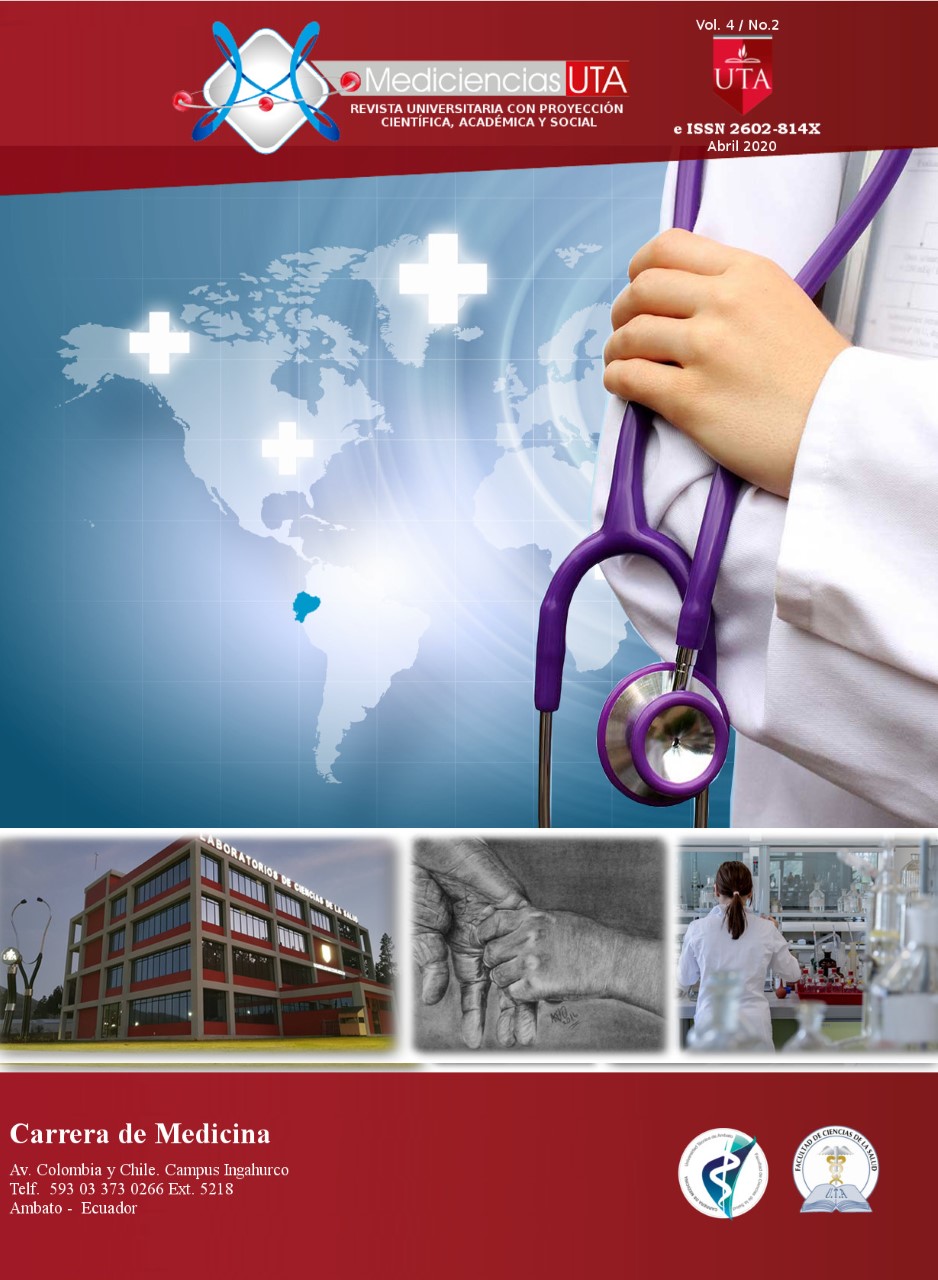Priapismo en anestesia para cirugía urológica: alternativas terapéuticas intraquirúrgicas
Contenido principal del artículo
Resumen
Introducción: El priapismo puede definirse como la erección persistente a lo largo del tiempo y en ausencia de
estimulo sexual, constituye una emergencia médica, dentro de su etiología clínica pueden considerarse de dos
tipos: venoso isquémico y arterial no isquémico, siendo el primero mucho más frecuente.
La ocurrencia de priapismo dentro del período intraquirúrgico es poco frecuente y puede presentarse tanto
bajo anestesia general como neuroaxial, no existe literatura florida sobre este tema, por lo que se realiza una
presentación de caso clínico con actualización de alternativas terapéuticas farmacológicas y anestésicas.
Objetivo: Describir un caso clínico de priapismo en anestesia para cirugía urológica.
Material y métodos: Estudio descriptivo retrospectivo, presentación de caso clínico.
Resultados: Se describe un caso clínico de paciente masculino de 33 años de edad con diagnóstico de litiasis
ureteral izquierda programado para colocación de catéter doble J, litotripsia intracorpórea y
cistoureteroscopia, quien presenta erección peneana permanente que no cede a profundidad anestésica y
relajación muscular que imposibilitan el procedimiento quirúrgico por dificultad en la manipulación, responde
adecuadamente a la administración de epinefrina intracavernosa, sin evidenciarse crisis adrenérgica ni
compromiso vascular distal.
Conclusiones: El priapismo intraquirúrgico, no es común, puede presentarse por diversas etiologías (estímulo
táctil, anestesia neuroaxial y general) puede ser ocasionante de suspensiones quirúrgicas de no ser tratado
pronta, adecuada y oportunamente. En la realidad de nuestro medio la técnica de inyección inracavernosa de
10 – 20 mcg de epinefrina es un método sencillo, fácil y con resultados inmediatos que permitirán la
manipulación del pene para procedimientos urológicos.



